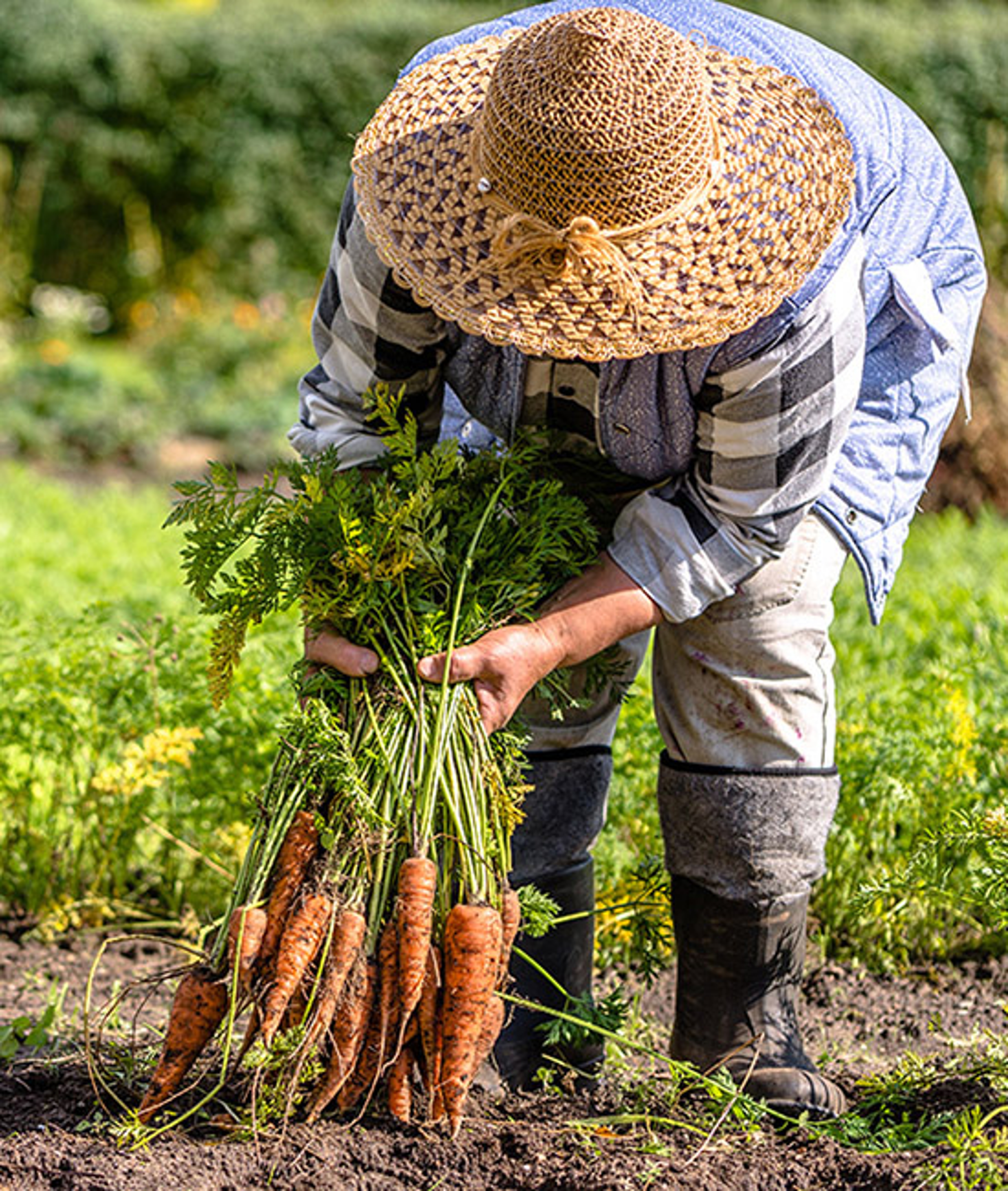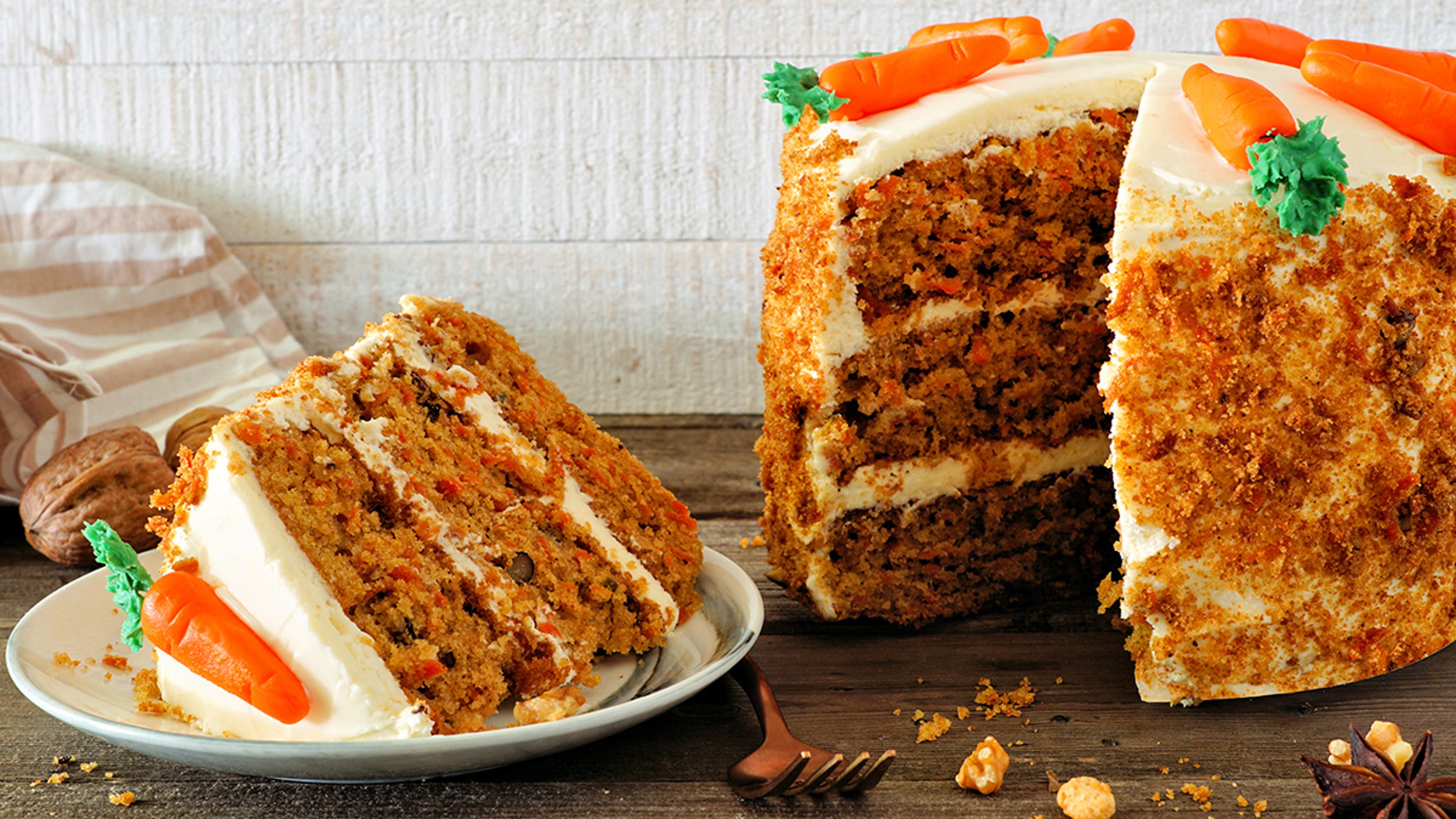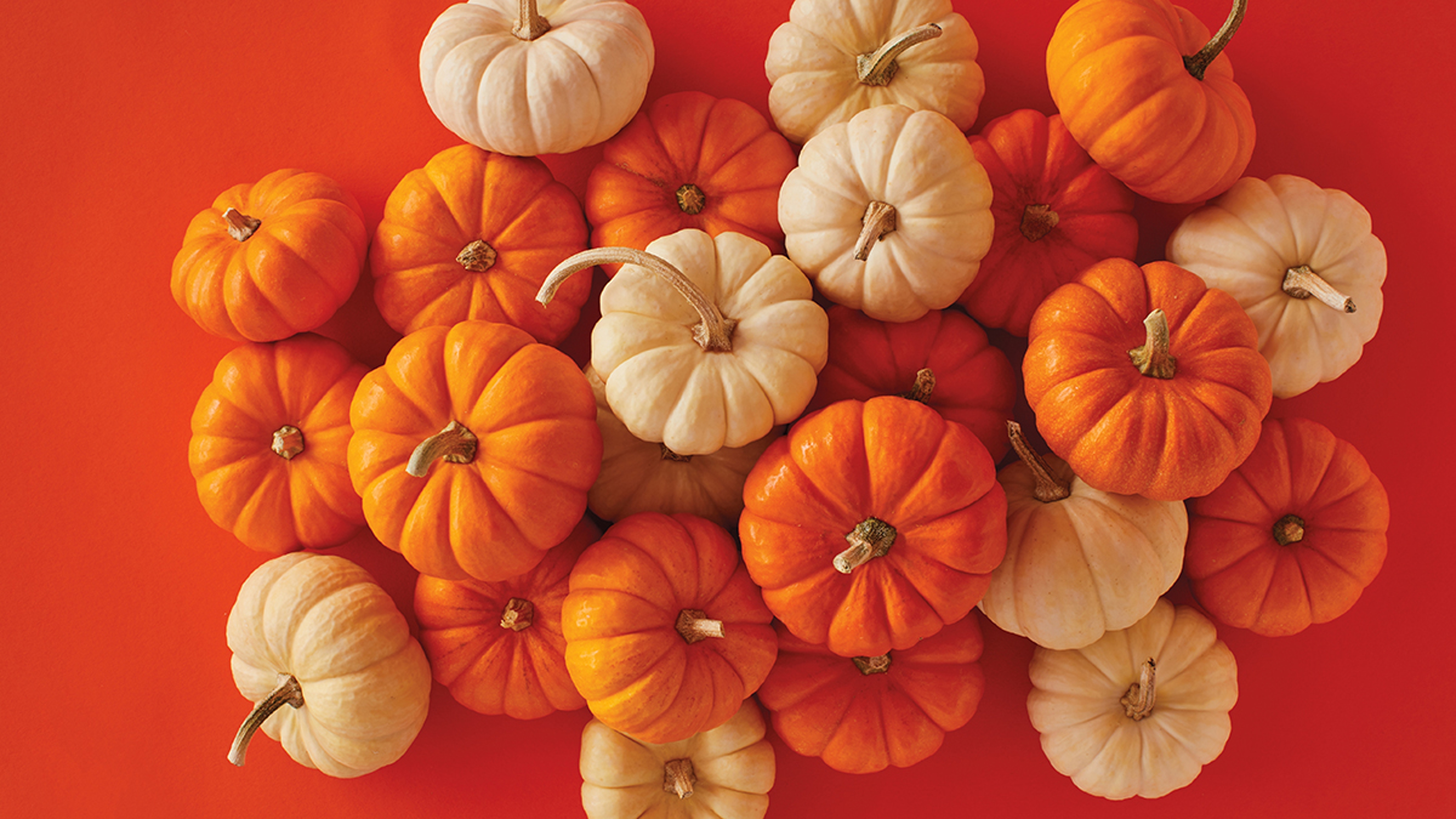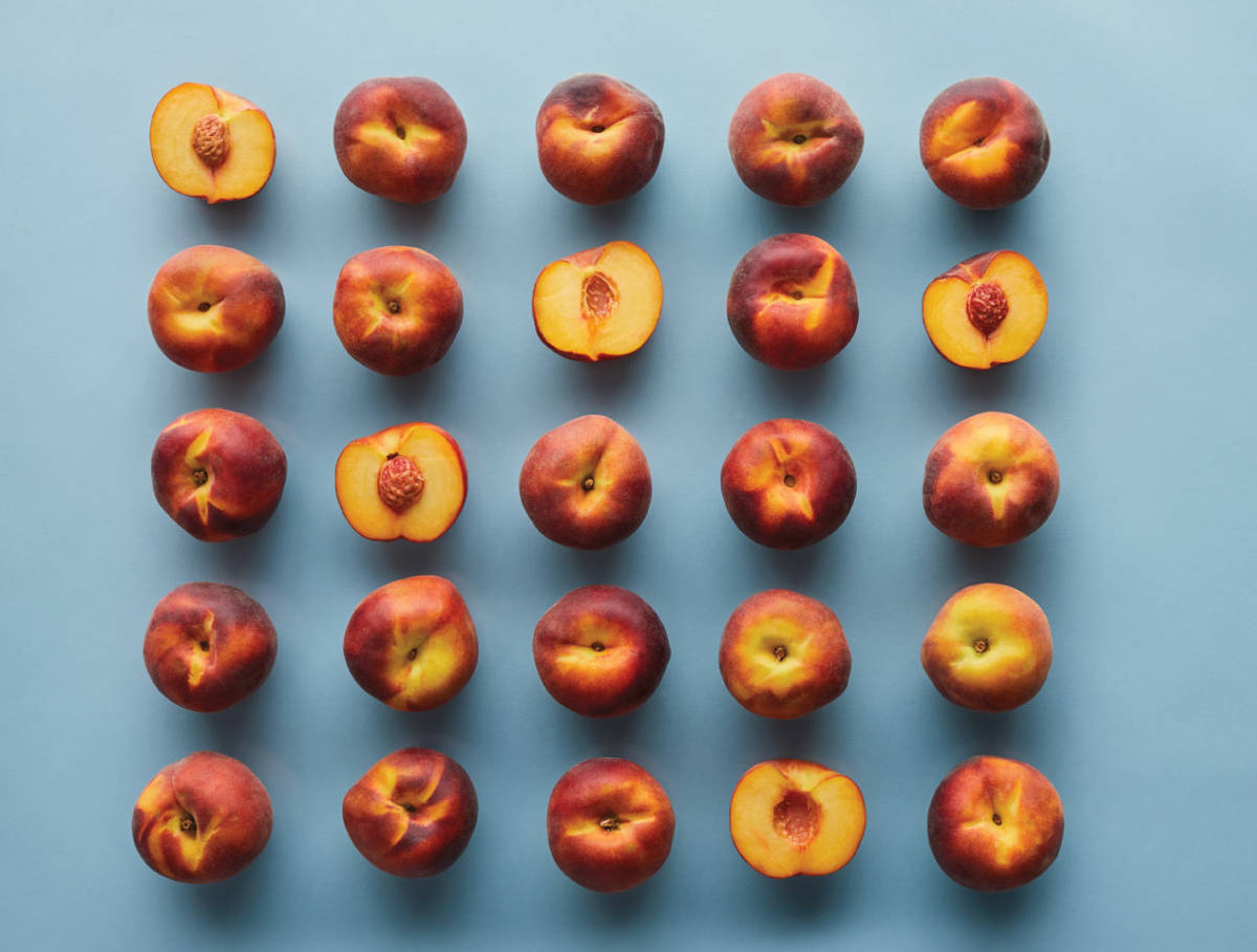The History of the Carrot: How a Middle Eastern Root Vegetable Became a Baking Staple
You don't have to be a bunny to appreciate these crunchy, orange veggies.
Jan 22, 2025
Carrots are one of most popular vegetables in the United States, ranking behind only potatoes, tomatoes, and onions in terms of consumption, but this modest plant doesn't always get the respect it deserves. Often avoided by children who encounter it in its mushy, canned — and most questionable — state, carrots are a standout snack and stellar side dish that work with practically any meal. Read on to learn more about this vibrant orange superfood.
Orange-in of the species

Most historians believe that humans started growing and cultivating carrots as a farmable food source around the 12th or 13th century. But the domestication of carrots goes back even further.
“The best estimate is that carrots originated as a root crop in Central Asia — Afghanistan, Iran, and Uzbekistan — about 1,100 years ago, although there is some evidence for carrots in the Roman Empire several hundred years earlier," says Dr. Philipp Simon, a research geneticist with the U.S. Department of Agriculture's Agricultural Research Service.
Simon adds that archeologists have discovered carrot seeds in Swiss and German campsites dating back even further, between 3,000 and 5,000 years ago, but that they believed these were from wild carrots as opposed to those used for farming.
Gold medal produce
Carrots are among the most nutritious of all vegetables. “They're rich in fiber and are a good source of several vitamins and antioxidants, including beta carotene — the substance that gives carrots their bright orange color," says Rahaf Al Bochi, R.D., owner of Olive Tree Nutrition LLC and a spokesperson for the Academy of Nutrition and Dietetics. Once you eat a carrot, your body converts that beta carotene to vitamin A, which is essential for healthy skin, bones, and eyes, as well as a strong immune system.
“Beta carotene and other carotenoids are also linked to lower risk for chronic diseases, such as heart disease and cancer," Al Bochi adds.
What are the different types of carrots?
Carrots are members of the parsley family, which includes more than 2,500 different plant species. Among these are herbs like dill, caraway, cumin, and coriander, as well as celery and fennel and even some other root vegetables, such as parsnips.
Although hundreds of different varieties of carrots exist, most fall into one of four primary types:
- Imperator (long and thin, exceptionally sweet)
- Danvers (the most traditional carrot shaped, store well)
- Nantes (blunt ended and virtually cylindrical, ideal for juicing)
- Chantenay (short and fat, best for freezing and canning)
And even carrot experts like Simon can have trouble telling those varieties apart. They can often look virtually identical, he says.
The great orange lie
Despite the countless pop culture ties, rabbits don't really like carrots as much as we think they do. Sure, they'll eat them — after all, carrots are sweet — but in the wild, they are much more likely to go for the leafy greens growing on top of the carrot than they are to dig a plant up and eat the carrot itself.
So, where does the myth of rabbits loving carrots come from? Most pop culture pundits agree that it originates with the 1934 film It Happened One Night starring Clark Gable. In one of the film's most famous scenes, Gable stands by a fence eating carrots and talking with his mouth full.
The creators of Bugs Bunny — Tex Avery, Bob Givens, and Mel Blanc — are said to have loved the film, and modeled their beloved “Wascally Wabbit" after some of Gable's classic mannerisms, including the way he munched on carrots in that scene. Bugs quickly became an icon, leading people everywhere to believe that rabbits loved carrots. The reality, though, is that rabbits should only eat carrots occasionally and not as a primary source of nutrition. Sorry, Bugs!
Taste the rainbow
Speaking of misconceptions, here's another one: Even though carrots are primarily known for their bright orange hue, they didn't actually start out that way. Until around the 17th century, most carrots people grew had more of a purplish shade. However, through some crafty selective crossbreeding of different carrot strains, farmers in Holland were able to improve their crop, developing the orange-tinted carrot of today.

But those original purple carrots didn't go away. They are one of several different-colored carrots still in existence, including black carrots, red carrots, yellow carrots, and even pink carrots that verge on having a neon glow.
What are baby carrots?
Almost 70% of all carrots sold in the U.S. are “baby carrots." But there's actually no such thing — at least as far as nature is concerned.
“Most 'baby' carrots sold in the U.S. are just long carrots that have been cut into pieces and then peeled," Simon says. “The carrots used for these 'cut-and-peel' carrots tend to be longer, thinner varieties of the carrot family that are grown at higher density than the carrots sold as whole carrots in plastic bags or as bunches with their tops still attached."
What's cookin'?
Along with their garden buddy zucchini, carrots are one of the few vegetables to have found their way into the bakery aisle. They grace everything from cookies to cakes to muffins, and even custards and puddings. (And that's not counting their presence in savory baked pies, fritters, and samosas either.)

Although no one knows the exact origin of carrot cake, most modern food historians —including John Stolarczyk, curator of the U.K.-based Carrot Museum, a virtual cornucopia of facts and trivia concerning the carrot-verse — believe it descended from a type of carrot pudding served in medieval times, when sugar and other sweeteners were scarce.
The first documented recipe for carrot cake appeared in the 1827 book The Art of French Cookery by A.B. Beauvilliers. More a cookie than a cake, the recipe called for mashed boiled carrots, sugar, eggs, butter, and flour. Once combined, the mixture was whipped and then baked until crisp.
Now that's a dessert the folks at Cheryl's Cookies can get behind.











